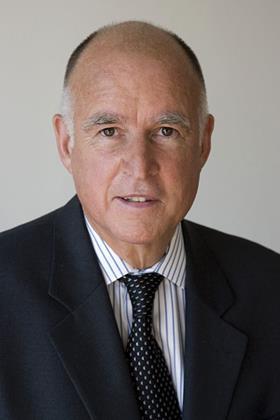
California governor Edmund G Brown Jr. declared a state of emergency on Friday 17 January as the state faced up to water shortages in the driest year on record.
State officials have been directed to take all action necessary to prepare for the extreme drought conditions, including assisting farmers that face economic losses due to the dry conditions.
There are fears some residents could face drinking water shortages, in which case the Brown has sought to ensure the state can respond.
“We can’t make it rain, but we can be much better prepared for the terrible consequences that California’s drought now threatens, including dramatically less water for our farms and communities and increased fires in both urban and rural areas,” Brown said in a statement.
“I’ve declared this emergency and I’m calling all Californians to conserve water in every way possible.”
The governor has called on state agencies to minimise their water use and put a greatly expanded water conservation campaign in place, aiming to educate the general public on ways to save water.
The State of Emergency declaration also gives state water officials increased power and flexibility in managing the supply throughout California in these testing conditions.
According to officials, the state’s river and reservoir water levels have dropped below their former record lowers.
Both manual and electronic measures have determined the snowpack’s water content throughout the state is just 20 per cent of the normal levels for January.
While the full impact on agricultural production is yet to be determined, California is home to some key production areas and a large farming community anxiously waiting to see how the situation progresses.



